The NDSU Foundation Magazine invites you on a field trip with NDSU President Dean L. Bresciani and alumna Kristi Hanson. Read on...
Read More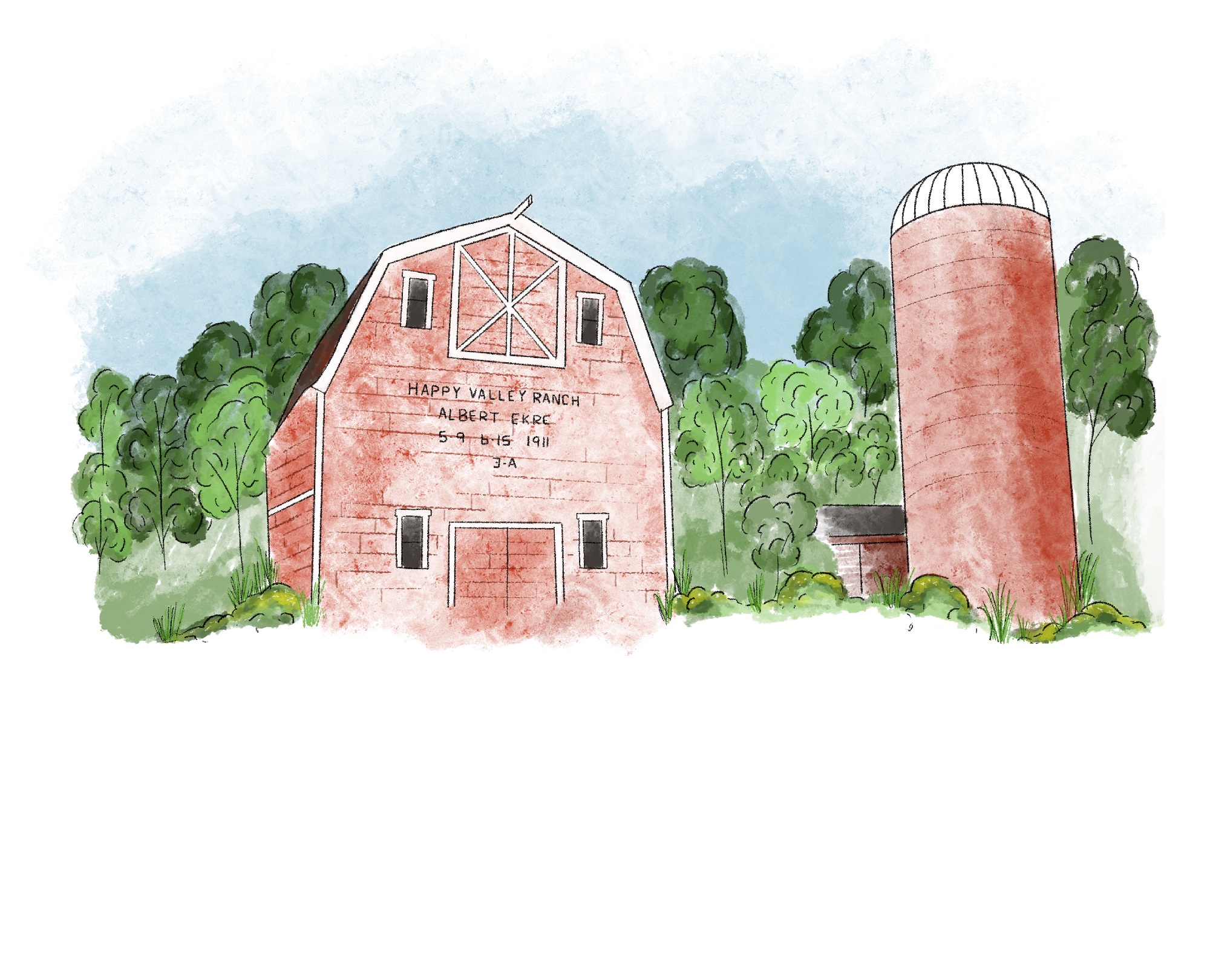



In mid-July, I found myself riding south on Highway 18 with the NDSU Foundation creative team near Kindred, North Dakota, scouting out the window for the rare and endangered western prairie fringed orchid. I was told ditches were the place to look, but directions to turn east down a gravel road beside a cattle corral yielded nothing but cattails and tall grass for miles. Still, we drove on, slowly, with held breath, fingers crossed that we had not missed the brief window in which, every summer, this threatened species blooms.
It was a butterfly that finally revealed the flower to us — as we traced its flight path, it skimmed over the strange, splayed white petals of the western prairie fringed orchid. We pulled over, and I bolted out of the car, camera in hand, and knelt to take its photograph. Here, in this very place, something miraculous quietly existed — and we had the distinct pleasure of finding it.
Three days prior, I did not know the orchid existed, but as I talked with Dr. Shawn DeKeyser, Natural Resources Management Program Leader at NDSU, I learned about the biodiversity that exists in and around the Albert K. Ekre Grassland Preserve, which gives NDSU students and faculty hands-on opportunities to study animal sciences, range sciences, plant sciences, and prairie and wetland restoration. It’s a place where agricultural production and land stewardship are equally valued, where best practices are explored for the mutual benefit of the environment and the people who steward it.
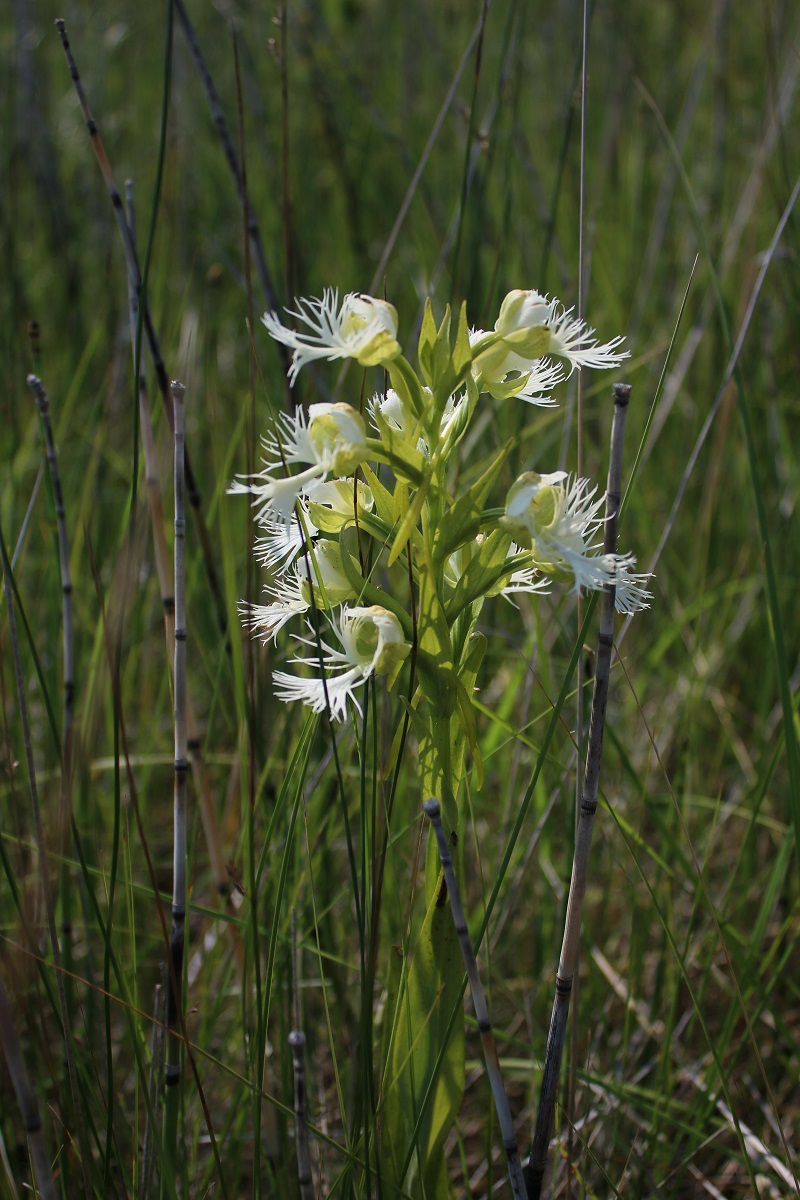
The North Country National Scenic Trail, which stretches approximately 4,600 miles from Lake Sakakawea State Park in western North Dakota to Vermont, passes through the Albert K. Ekre Grassland Preserve on the Ekre/ Troop 214 hiking trail. On our visit, we parked at the trailhead, applied bug spray, and embarked on the two-mile loop that led past vibrant wildflowers and a cattle pasture, beneath bur oaks and cottonwood trees. Yellow songbirds flitted from tree to fencepost. Bumblebees lit delicately on flowers, taking sips of nectar.
What Albert Ekre so loved about this place is palpable. In his will, he wrote about the butterflies and prairie chickens; the pastures and cropland; the timber, river, and range; the sandhills, valleys, and grasslands; and its history, heritage, and practical uses. Because of his generosity and vision, people in the region can continue to experience its benefits and beauty in perpetuity.
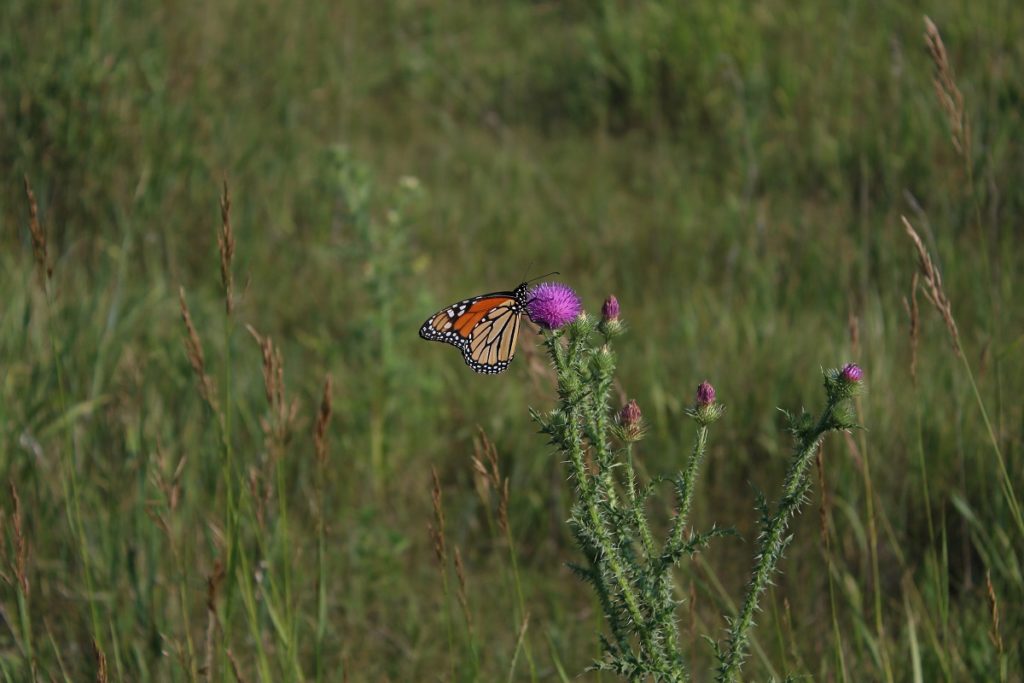
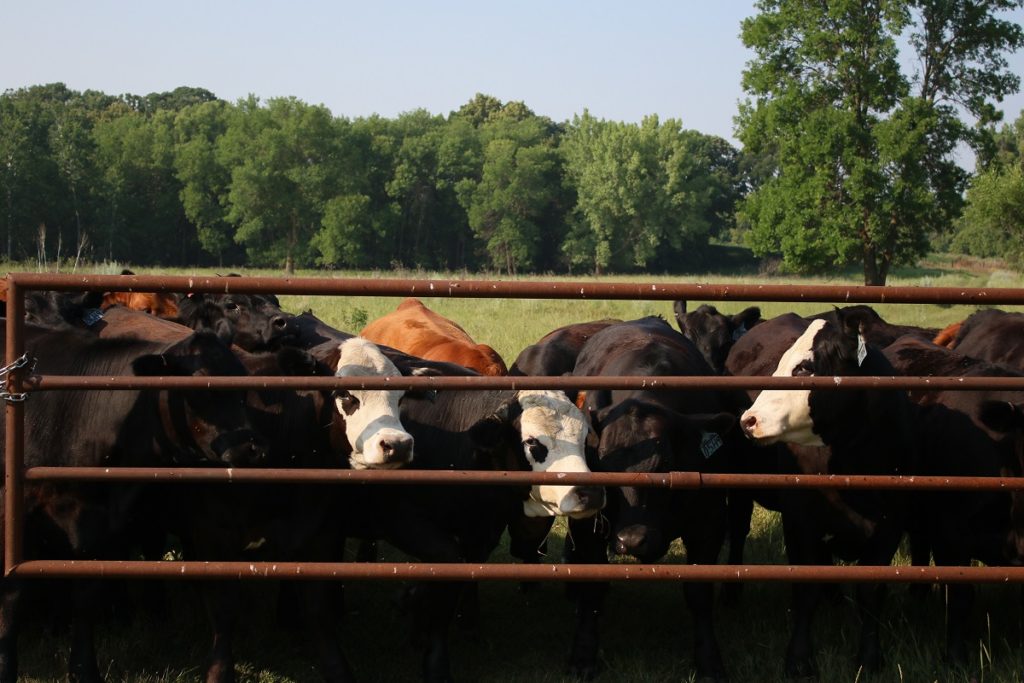
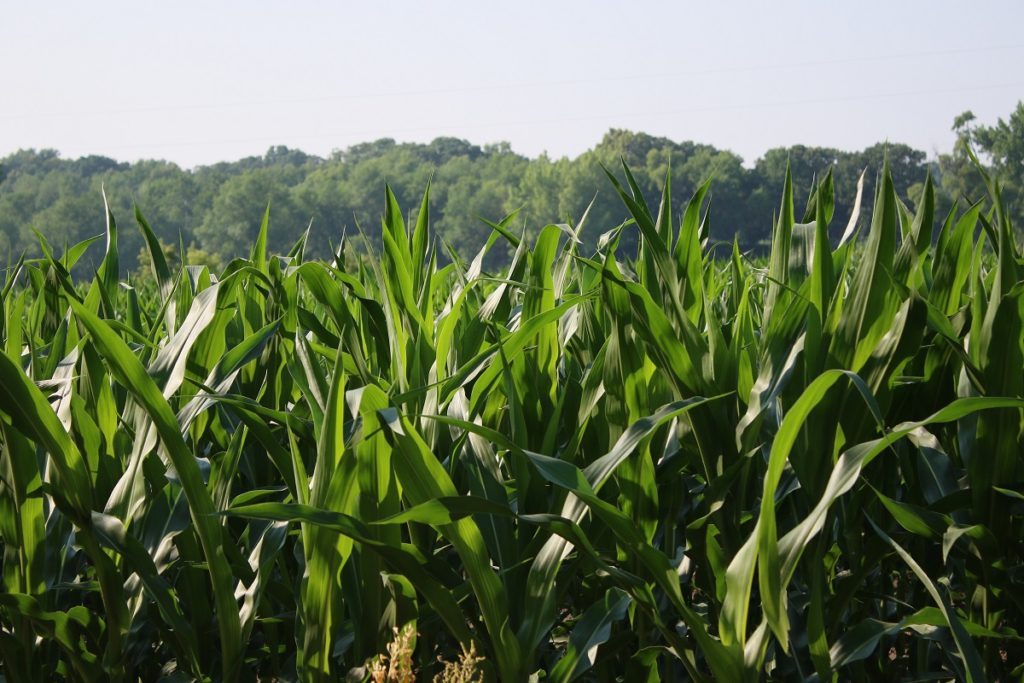
In 1888, Norwegian immigrants Knud and Kjerstie Ekre stepped off the train near Kindred, North Dakota, and set off on foot to stay with Knud’s sister, Kari, and her husband, Endre, on their farm near Walcott, North Dakota. Knud and Kjerstie married shortly after their arrival, and a year later they began renting a property, which they called Happy Hollow, on the present-day Albert K. Ekre Grassland Preserve. Knud eventually purchased the land for $1,600 — about one dollar per acre.
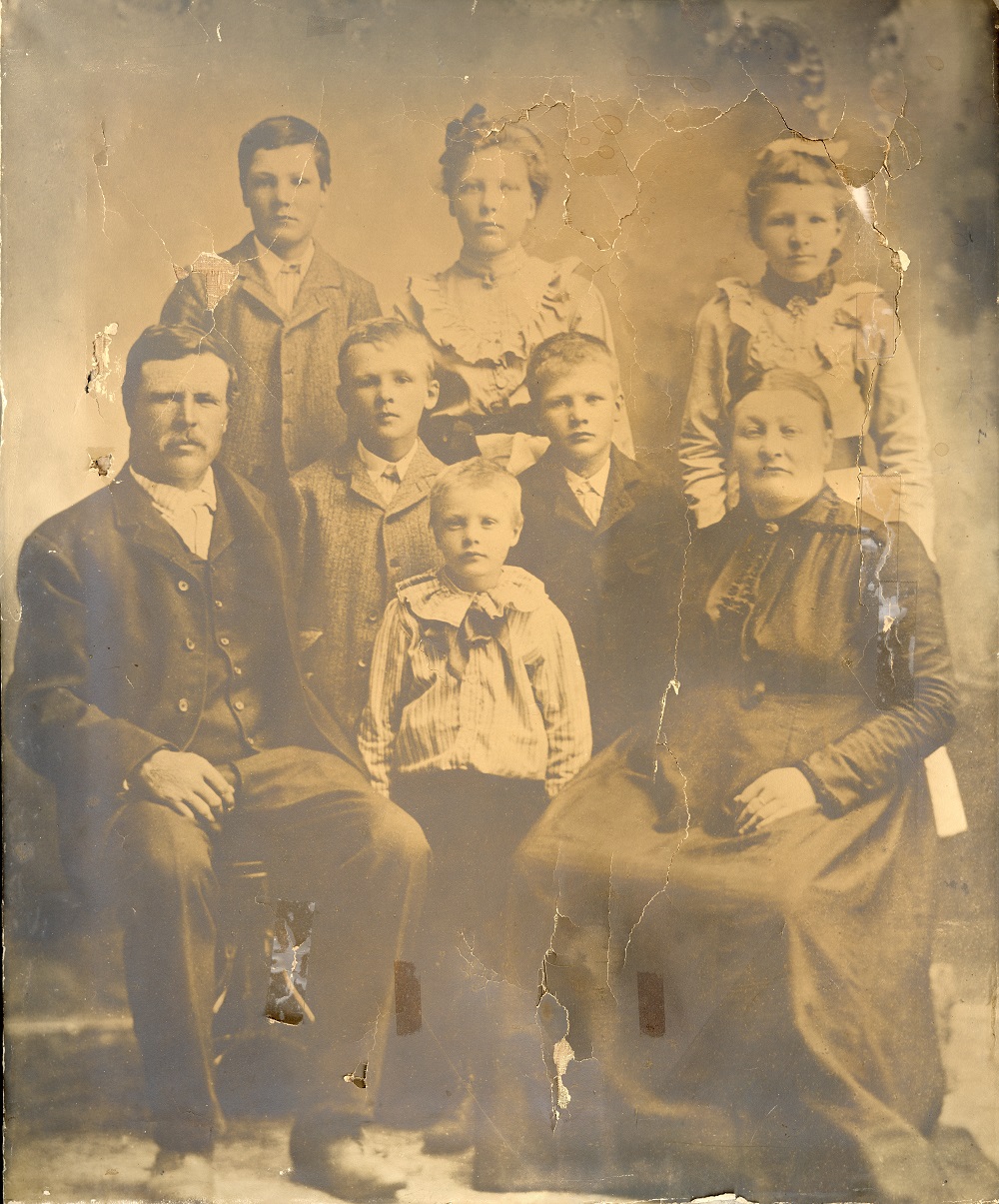
Knud and Kjerstie had twelve children: Anna, Oscar, Geoline, Edwin, Carl, Selmer, Albert, and three boys and two girls who died in infancy. Kjerstie passed away in 1937, and Albert took over the farm in 1938. When his father passed away in 1941, Albert received the portion of land belonging to his family’s original homestead, and the rest was divided between his brothers and sisters. Over the years, he gradually bought their portions, raised Hereford cattle, and renamed it Happy Valley Ranch.
Albert recognized the ecological significance of the plants, pollinators, trees, and wildlife that were so abundant on his property. He also shared in the joy of helping young people study agriculture and welcomed 4-H and FFA club members to conduct livestock judging trials at his ranch. After successfully owning and operating the ranch for nearly 50 years, Albert made plans to gift his land to the NDSU Foundation for the use of NDSU students, faculty, and staff. In his will, he clearly stated that the land must be maintained as a unit and that NDSU must preserve the habitat for prairie chickens, butterflies, plants, insects, and wildlife. He also made special note of caring for his bur oak trees. Albert spent his entire life on the land and passed away in 1989 at the age of 81.
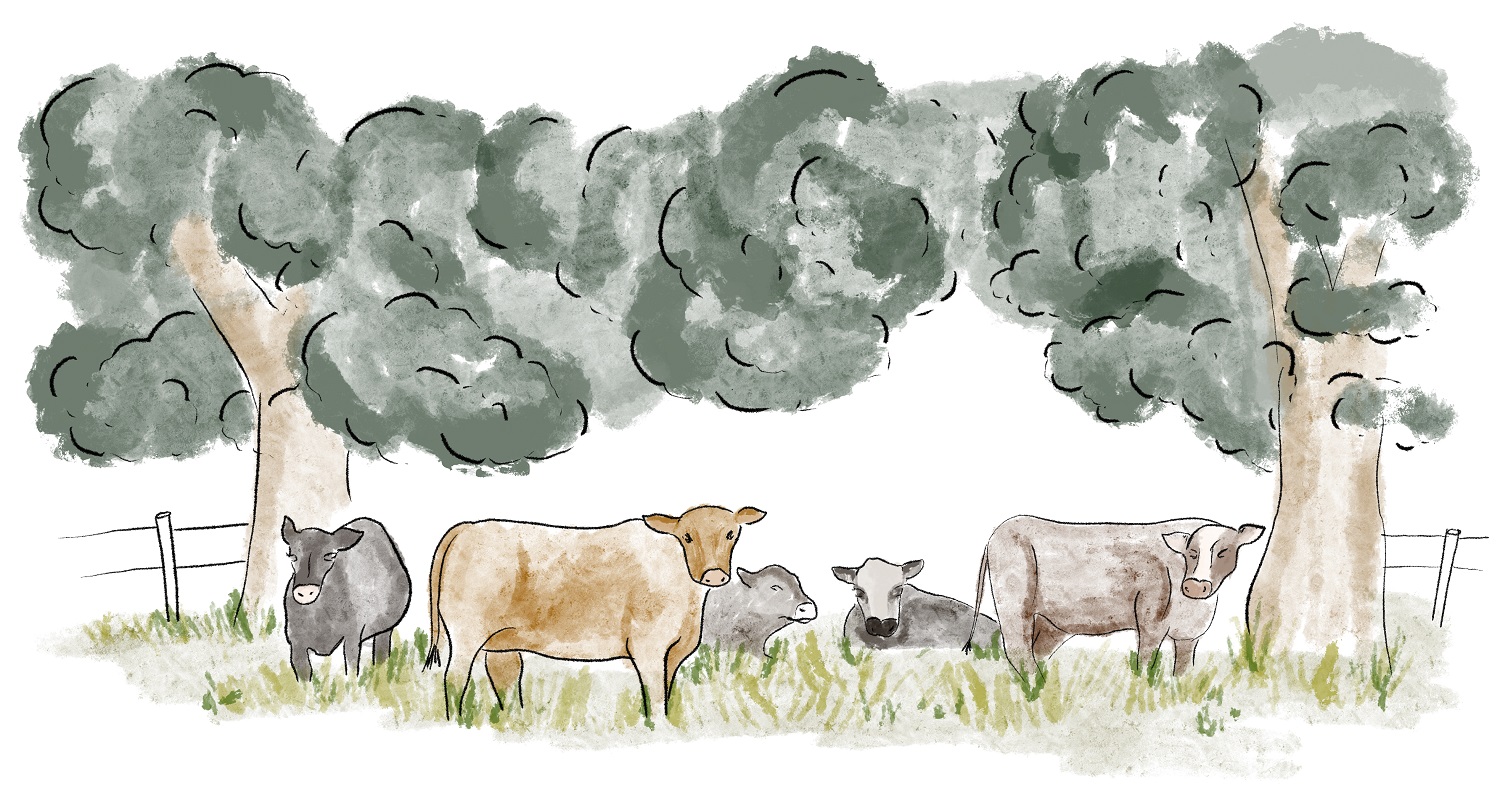
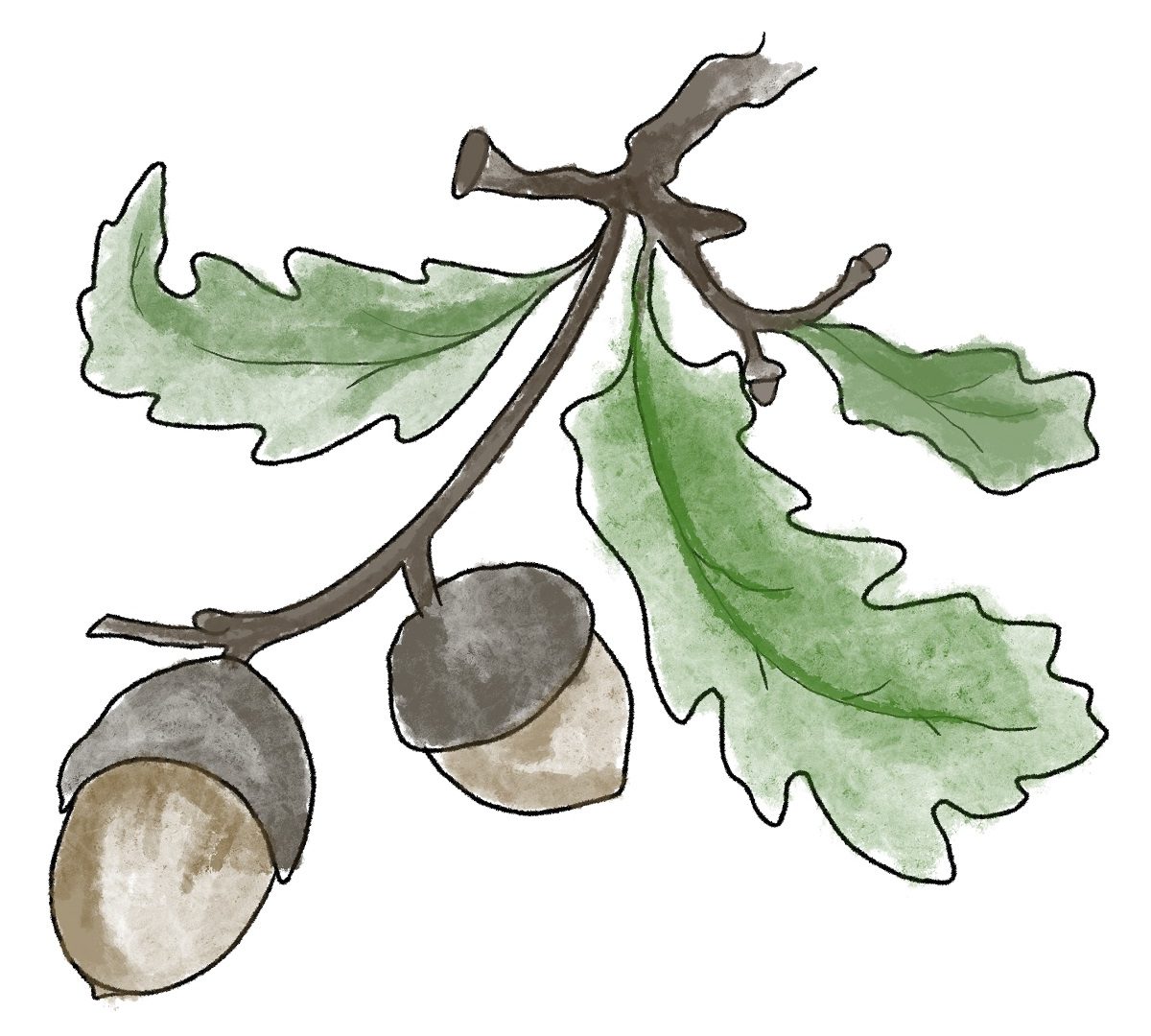
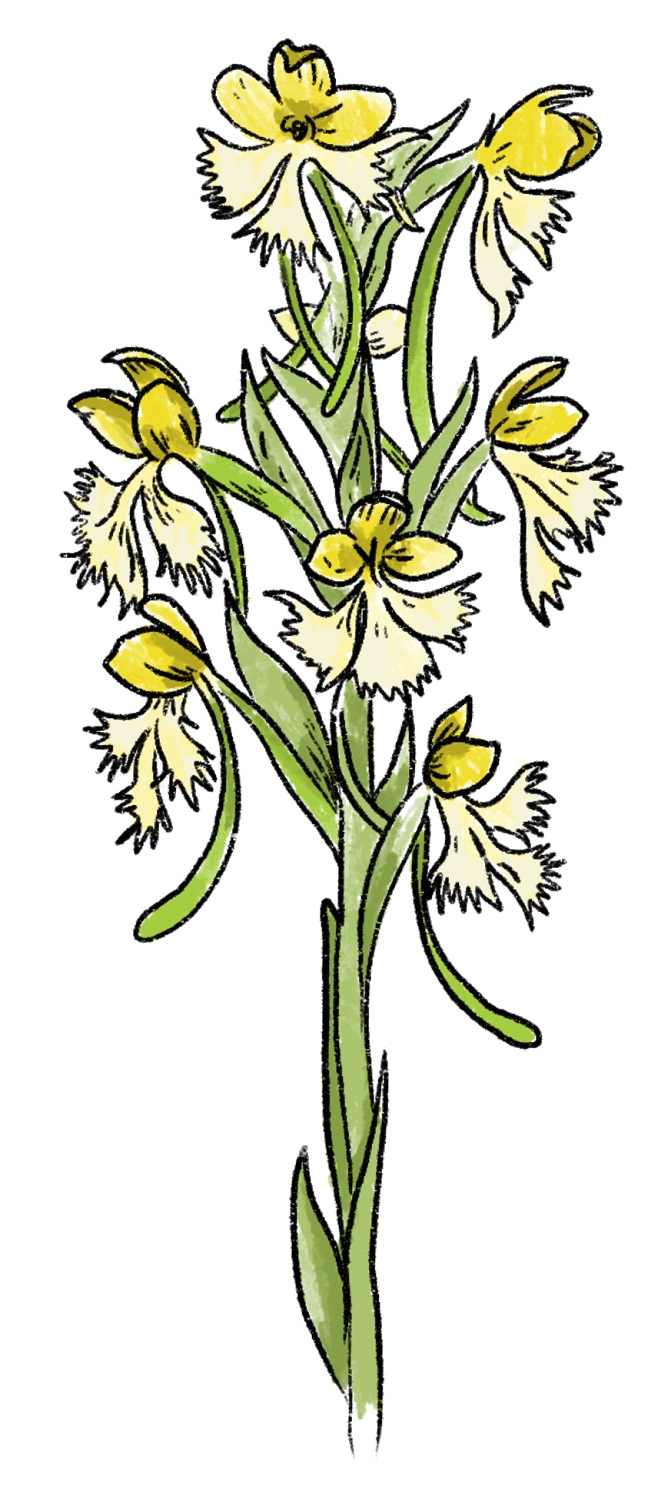
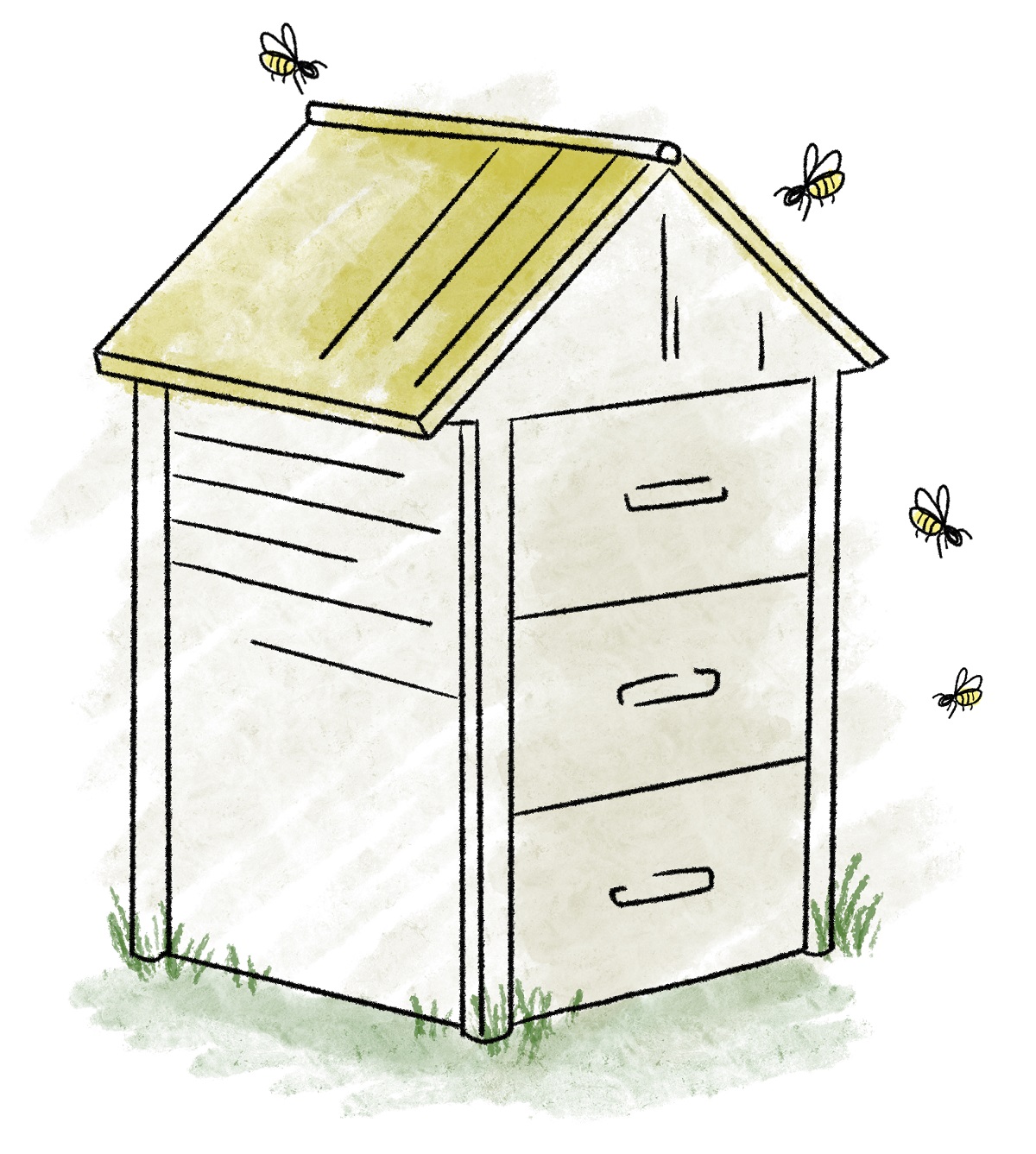
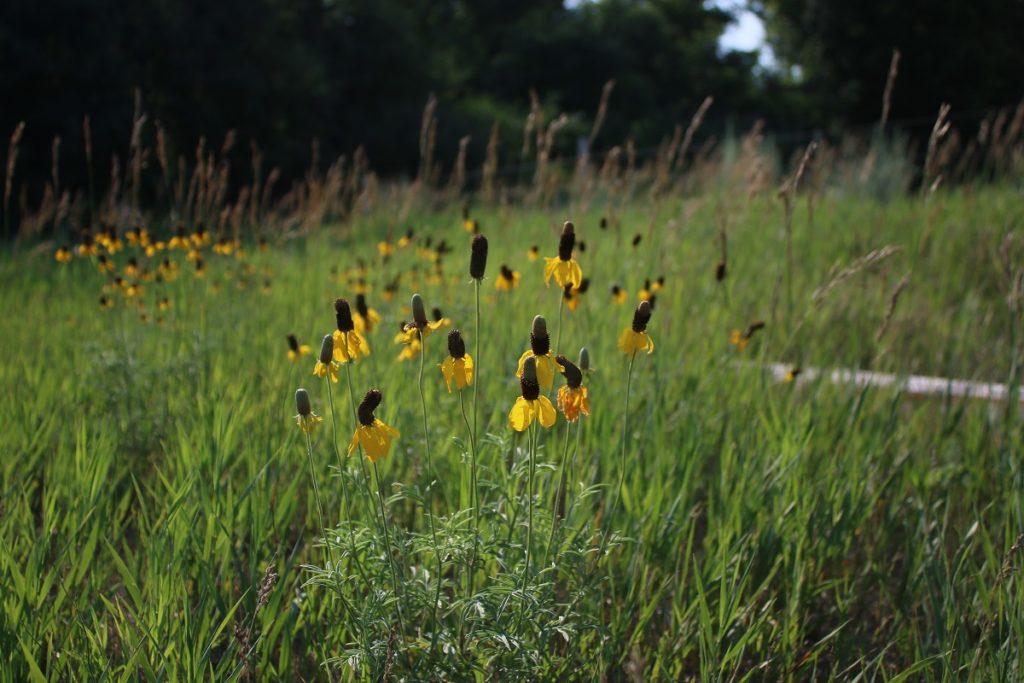
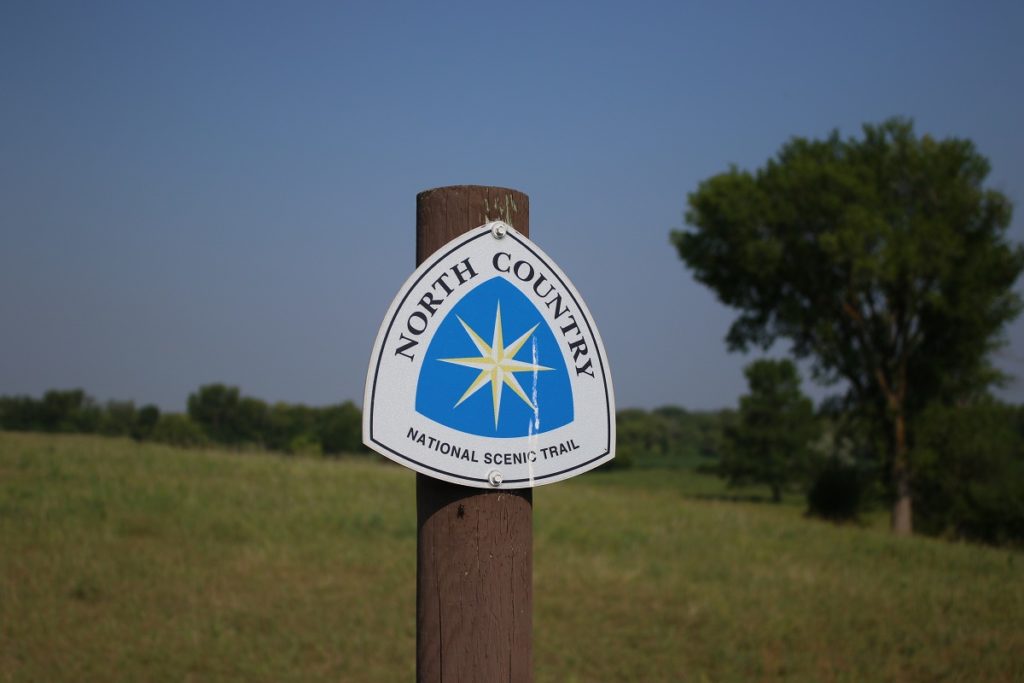
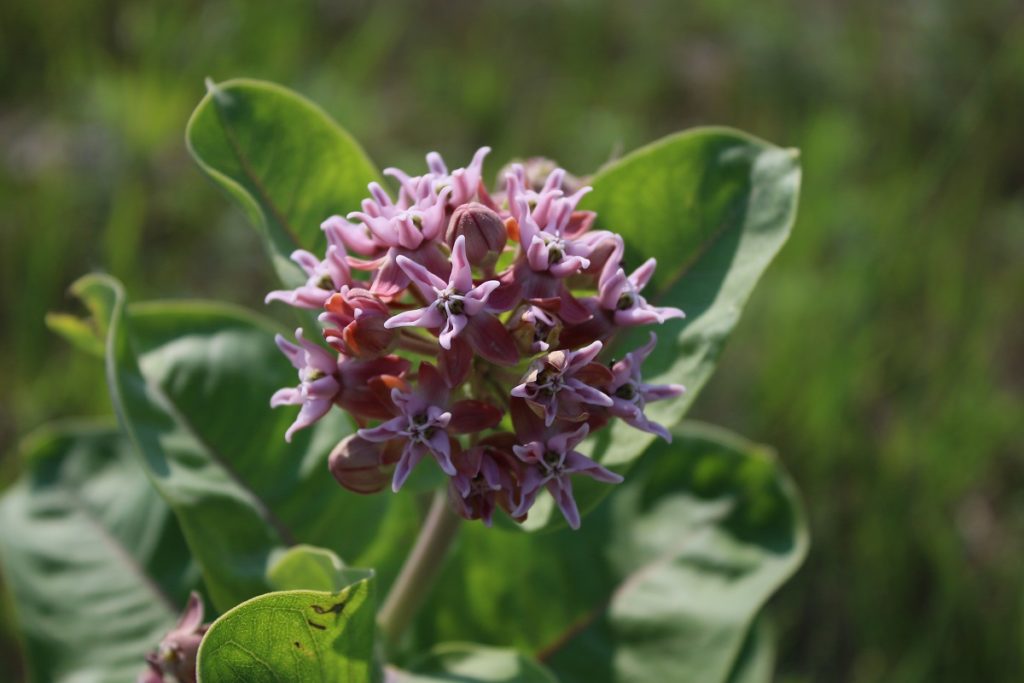
You can visit the Albert K. Ekre Grassland Preserve year-round, but if you want to catch sight of the western prairie fringed orchid, the best time to visit is in June or July. Drive west on Highway 46 and turn south at the Highway 18 junction next to the West Prairie Free Lutheran Church in Kindred, North Dakota. Then, look for the Albert K. Ekre Grassland Preserve sign on the east side of the road and park at the trailhead.
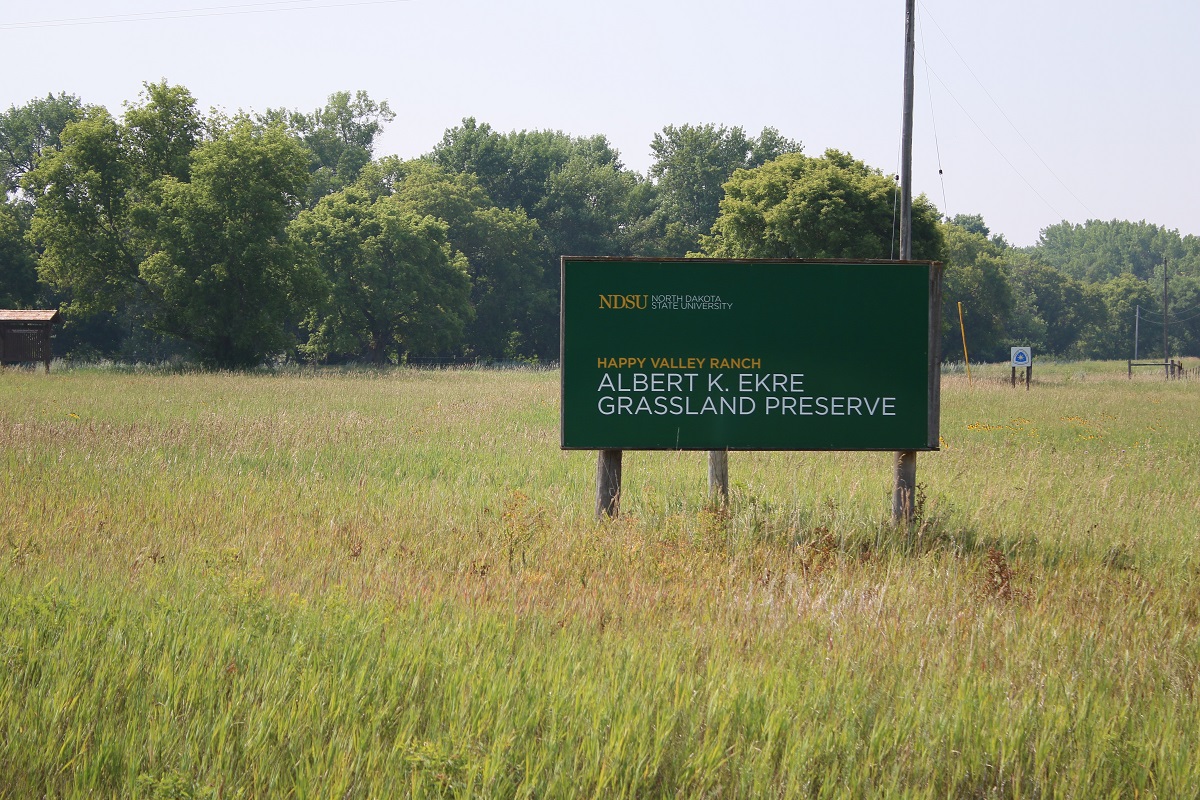
There are no restrooms or public water sources, so plan ahead and bring your own water. The trail is marked and rated as easy, but there are a few stairs to climb. Horses and bicycles are not permitted on the trail. Keep in mind seasonal changes may alter conditions and accessibility. If you follow the road next to the trailhead further east, you’ll find the Happy Valley Ranch barn and cabins. Visitors are welcome to stop by and take photos.
The Albert K. Ekre Grassland Preserve is dependent on private support. You can help sustain the preserve and advance research efforts by making a gift to the Ekre Grassland Preserve Fund online at www.NDSUFoundation.com/donate/ekre-grassland-preserve.
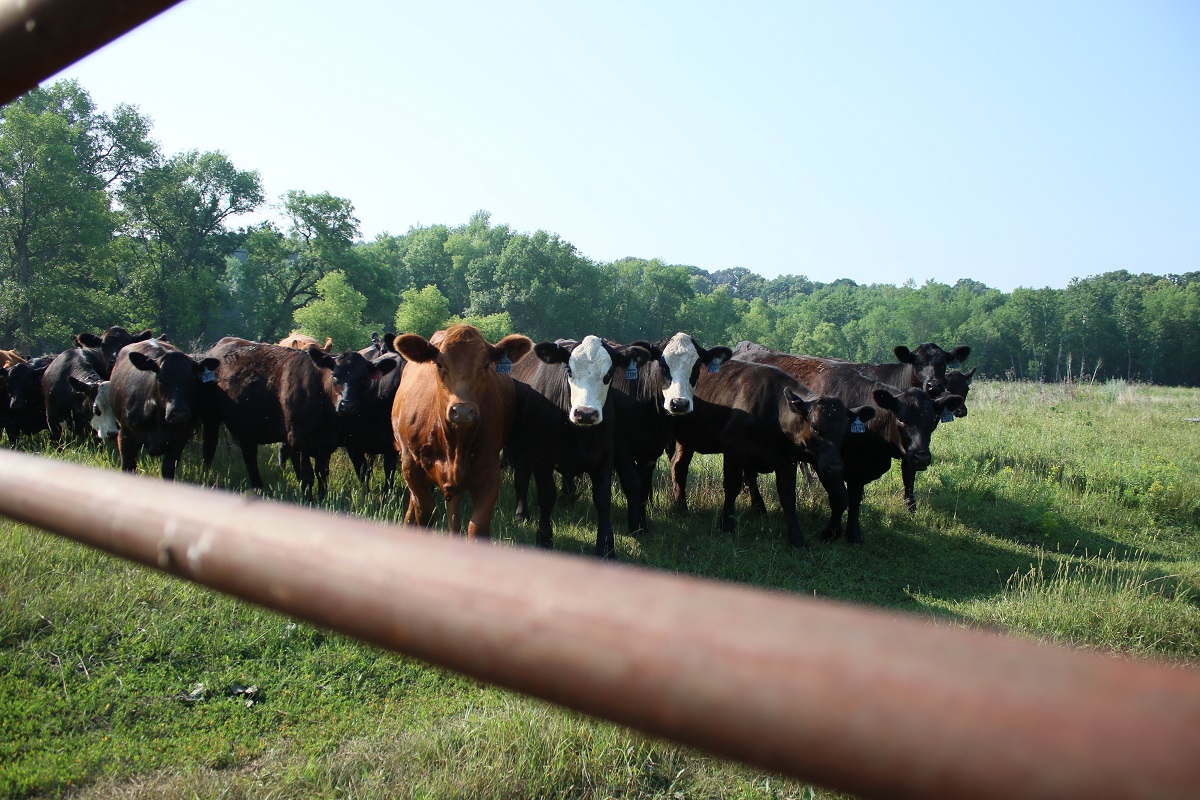
Thank you to Shawn DeKeyser, Dakota Goodhouse, Tom Isern, Jack Norland, and Dennis Whitted for their help with this story and to Carleton College, whose own Field Guides inspired this series. Thank you also to Carolyn E. Grygiel and Mike Utt, whose articles on the preserve and the Nolan and Ekre families provided important historical context.
The NDSU Foundation Magazine invites you on a field trip with NDSU President Dean L. Bresciani and alumna Kristi Hanson. Read on...
Read MoreIn mid-June, I crossed University Drive from the Harry D. McGovern Alumni Center and walked, for the first time, to the Babbling...
Read More